Home>Renovation & DIY>Home Renovation Guides>How To Inspect A Crawl Space
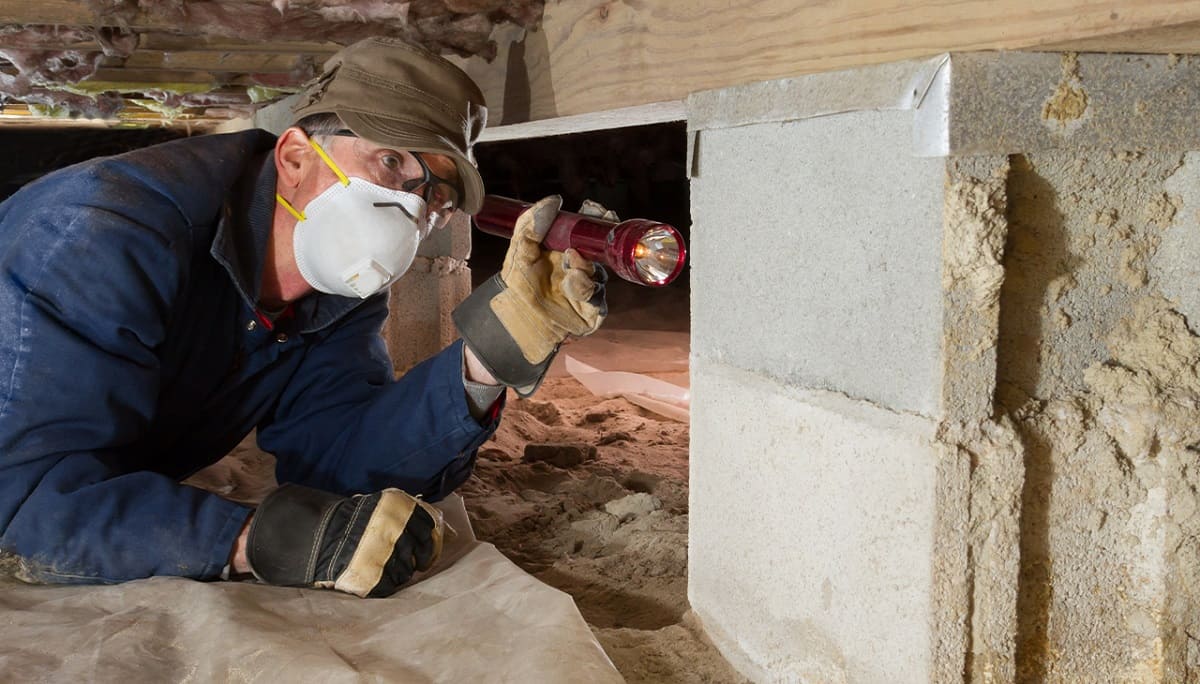

Home Renovation Guides
How To Inspect A Crawl Space
Modified: February 18, 2024
Learn how to properly inspect a crawl space for your home renovation project with our comprehensive guide. Ensure a thorough inspection with expert tips and advice.
(Many of the links in this article redirect to a specific reviewed product. Your purchase of these products through affiliate links helps to generate commission for Storables.com, at no extra cost. Learn more)
Importance of Crawl Space Inspection
Crawl spaces often remain out of sight and out of mind for many homeowners, yet they play a crucial role in maintaining the structural integrity and indoor air quality of a home. Regular inspection of the crawl space is essential to identify and address potential issues before they escalate into costly problems.
First and foremost, a thorough crawl space inspection can reveal signs of moisture intrusion. Excess moisture in the crawl space can lead to mold and mildew growth, which not only compromises the air quality within the home but also poses health risks to its occupants. Furthermore, prolonged exposure to moisture can cause wood rot, weakening the foundation and support structures of the house.
Additionally, inspecting the crawl space allows for the detection of pest infestations. Rodents, insects, and other pests often seek refuge in dark, damp crawl spaces, posing a threat to the home's structural integrity and creating unsanitary conditions. Identifying and addressing pest issues early can prevent damage to insulation, wiring, and plumbing, ultimately saving homeowners from costly repairs.
Moreover, a crawl space inspection provides an opportunity to assess the condition of insulation and vapor barriers. Proper insulation is vital for energy efficiency and maintaining comfortable indoor temperatures. Over time, insulation may become displaced or deteriorate, compromising its effectiveness. Similarly, vapor barriers play a crucial role in preventing moisture from seeping into the crawl space, thus protecting the home from potential water damage.
Furthermore, inspecting the crawl space enables homeowners to identify plumbing leaks or damaged ductwork. Undetected leaks can lead to water damage and mold growth, while compromised ductwork can result in energy loss and reduced HVAC system efficiency. By promptly addressing these issues, homeowners can prevent further damage and maintain a healthy and efficient home environment.
In essence, regular crawl space inspection is a proactive measure that can safeguard the structural integrity, indoor air quality, and overall well-being of a home and its occupants. By identifying and addressing issues early on, homeowners can mitigate potential risks and avoid costly repairs down the line.
Key Takeaways:
- Don’t overlook your crawl space! Regular inspections can prevent mold, pest infestations, and structural damage, saving you from costly repairs and maintaining a healthy home environment.
- Stay safe and prepared! Before inspecting your crawl space, ensure proper ventilation, protective gear, and essential tools. Prioritize safety to avoid accidents and conduct a thorough assessment.
Read more: How To Maintain A Crawl Space
Safety Precautions Before Inspecting
Before embarking on a crawl space inspection, it is crucial to prioritize safety to mitigate potential risks and ensure a secure environment for the inspection process. Crawl spaces can present various hazards, including poor air quality, sharp objects, and unstable surfaces. Therefore, taking the following safety precautions is essential:
-
Proper Ventilation: Prior to entering the crawl space, ensure that it is adequately ventilated to prevent the accumulation of harmful gases, such as radon and carbon monoxide. If necessary, use a fan or open vents to facilitate air circulation.
-
Protective Gear: Wear appropriate personal protective equipment, including a dust mask or respirator to shield against airborne particles, a pair of gloves to safeguard hands from sharp objects or contaminants, and knee pads to provide cushioning and protection while maneuvering in the confined space.
-
Lighting: Ensure sufficient lighting is available within the crawl space. Use a reliable, portable light source to illuminate the area and identify potential hazards or issues with clarity.
-
Sturdy Ladder: If accessing the crawl space requires the use of a ladder, ensure that it is in good condition and securely positioned. Verify that the ladder's weight capacity is suitable for the intended use and that it is placed on a stable surface to prevent accidents.
-
Communication: Inform a family member or a trusted individual about the inspection activity, including the expected duration and location. This precaution ensures that someone is aware of your whereabouts and can provide assistance if needed.
-
Electrical Safety: Be mindful of electrical hazards within the crawl space. Identify and avoid exposed wiring or electrical components, and if necessary, turn off the power supply to the crawl space before commencing the inspection.
-
Clear Pathways: Remove any obstacles or debris that may obstruct movement within the crawl space. Clearing the pathways minimizes the risk of tripping or stumbling during the inspection process.
By adhering to these safety precautions, homeowners and inspectors can mitigate potential risks and create a secure environment for conducting a thorough crawl space inspection. Prioritizing safety not only safeguards individuals from harm but also facilitates a more effective and focused assessment of the crawl space, ultimately contributing to the overall well-being of the home and its occupants.
Tools and Equipment Needed
When preparing for a crawl space inspection, having the appropriate tools and equipment at hand is essential to facilitate a comprehensive and efficient assessment. The following items are indispensable for conducting a thorough inspection of the crawl space:
-
Protective Gear: Prior to entering the crawl space, it is crucial to equip oneself with appropriate protective gear. This includes a dust mask or respirator to shield against airborne particles, a pair of gloves to protect hands from sharp objects or contaminants, and knee pads to provide cushioning and protection while maneuvering in the confined space.
-
Portable Lighting: Given the dim and often cramped nature of crawl spaces, a reliable portable light source is indispensable. A high-quality, durable flashlight or headlamp is essential for illuminating the area and identifying potential issues with clarity. Additionally, having spare batteries or a rechargeable light source ensures uninterrupted visibility during the inspection.
-
Moisture Meter: Detecting and measuring moisture levels within the crawl space is crucial for identifying potential issues such as water intrusion, leaks, or condensation. A moisture meter enables inspectors to assess the moisture content of structural elements and surfaces, providing valuable insights into the overall condition of the crawl space.
-
Digital Camera or Smartphone: Documenting the inspection process is vital for record-keeping and reference. A digital camera or smartphone with a high-resolution camera function allows inspectors to capture visual evidence of any issues, such as water damage, mold growth, or structural concerns. These images can serve as valuable reference materials for further analysis and communication with homeowners or professionals.
-
Measuring Tape and Notepad: Accurate measurements and detailed notes are essential for recording observations and documenting the dimensions of the crawl space, potential issues, and recommended actions. A measuring tape facilitates the assessment of structural elements, while a notepad or digital device enables inspectors to maintain organized records of their findings.
-
Crawl Space Access Tools: Depending on the type of access point to the crawl space, specialized tools may be required. These can include a sturdy ladder for accessing elevated entry points, a screwdriver or wrench for removing access panels or covers, and a utility knife for cutting through sealants or insulation as needed.
-
Safety Equipment: In addition to personal protective gear, it is advisable to have a first-aid kit readily available near the entry point of the crawl space. This precaution ensures that essential medical supplies are within reach in the event of minor injuries or accidents during the inspection.
By ensuring the availability of these essential tools and equipment, inspectors can approach the crawl space inspection with confidence, preparedness, and the necessary resources to conduct a thorough and effective assessment. Each item serves a specific purpose in facilitating the inspection process and contributes to the overall safety and efficiency of the endeavor.
Step-by-Step Inspection Process
-
Initial Assessment: Upon entering the crawl space, take a moment to assess the overall condition and environment. Check for signs of moisture, such as damp odors or visible water accumulation, and inspect the structural elements for any visible damage or deterioration. Note the presence of any pests, such as rodents or insects, and evaluate the general cleanliness and organization of the space.
-
Moisture Evaluation: Utilize a moisture meter to measure the moisture content of structural surfaces, including floor joists, support beams, and insulation materials. Focus on areas prone to moisture intrusion, such as near plumbing fixtures, foundation walls, and crawl space vents. Document any elevated moisture levels, as they may indicate potential water damage or leaks.
-
Insulation and Vapor Barrier Inspection: Assess the condition of insulation materials and vapor barriers within the crawl space. Look for signs of displacement, damage, or deterioration in the insulation, as well as any breaches or tears in the vapor barrier. Ensure that insulation is properly installed and covers all exposed surfaces, and verify the integrity of the vapor barrier to prevent moisture penetration.
-
Structural Integrity Check: Examine the structural components of the crawl space, including floor joists, support beams, and foundation walls, for any signs of damage, rot, or pest infestation. Pay close attention to wood surfaces for indications of decay or weakening, and inspect for evidence of termite tunnels or rodent gnawing. Take measurements and note any structural anomalies or concerns.
-
Plumbing and HVAC Assessment: Inspect plumbing lines and fixtures for signs of leaks, corrosion, or water stains. Check for damaged or compromised ductwork, ensuring that it is properly sealed and insulated. Identify any condensation or moisture accumulation near HVAC components and assess the overall functionality and condition of the systems within the crawl space.
-
Pest and Mold Identification: Look for evidence of pest infestations, including droppings, nesting materials, or gnaw marks. Identify any signs of mold growth, such as discoloration, musty odors, or visible fungal patches. Document the location and extent of pest activity and mold presence for further evaluation and remediation.
-
Documentation and Photography: Record detailed observations and measurements in a notepad or digital device, documenting the findings of the inspection process. Capture clear and comprehensive photographs of any identified issues, including moisture damage, pest activity, structural concerns, and insulation conditions. These visual records serve as valuable reference materials for further analysis and communication.
-
Post-Inspection Review: After completing the inspection, review the documented findings and photographs to ensure thorough coverage of all relevant aspects. Prioritize the identification of critical issues and potential risks, and consider the implications for the overall condition and functionality of the crawl space. This review sets the stage for addressing any problems found and formulating a comprehensive plan for maintenance and remediation.
By following this step-by-step inspection process, homeowners and inspectors can systematically evaluate the condition of the crawl space, identify potential issues, and gather essential information for addressing maintenance needs and ensuring the long-term integrity of the home.
Common Issues to Look for
During a crawl space inspection, it is crucial to be vigilant and thorough in identifying common issues that can compromise the integrity and functionality of the space. By recognizing these prevalent concerns, homeowners and inspectors can proactively address them, mitigating potential risks and preserving the overall well-being of the home. The following are key issues to look for during a crawl space inspection:
Read more: How To Winterize A Crawl Space
Moisture Intrusion
Excessive moisture is a pervasive issue in crawl spaces, often stemming from water seepage, plumbing leaks, or inadequate ventilation. Signs of moisture intrusion include damp or wet surfaces, water stains, and musty odors. Elevated moisture levels can lead to mold and mildew growth, wood rot, and corrosion of metal components. It is essential to identify the source of moisture and address it promptly to prevent structural damage and safeguard indoor air quality.
Pest Infestations
Crawl spaces provide an inviting environment for pests such as rodents, insects, and arachnids. Evidence of pest infestations includes droppings, nesting materials, gnaw marks on wood, and visible insect activity. Pest presence can compromise insulation, wiring, and structural elements, as well as pose health risks to occupants. Identifying and addressing pest infestations is crucial for maintaining a healthy and pest-free home environment.
Insulation Displacement and Deterioration
Over time, insulation materials in the crawl space may become displaced, damaged, or deteriorated. Displaced insulation reduces energy efficiency and can lead to temperature imbalances within the home. Additionally, deteriorated insulation fails to provide adequate thermal resistance, impacting the overall comfort and energy consumption of the property. Inspecting the condition and coverage of insulation is vital for optimizing energy efficiency and indoor comfort.
Structural Damage
The structural integrity of the crawl space can be compromised by various factors, including wood rot, termite infestation, and water damage. Signs of structural damage include sagging or weakened floor joists, deteriorated support beams, and visible wood decay. Identifying and addressing structural issues is essential for maintaining the stability and safety of the home's foundation and support systems.
Read more: How To Build A Crawl Space Door
Plumbing and HVAC Concerns
Leaks, corrosion, and condensation within the crawl space can indicate plumbing and HVAC system issues. Water stains, dripping pipes, and damaged ductwork are common indicators of these concerns. Addressing plumbing and HVAC issues promptly is crucial to prevent water damage, mold growth, and energy inefficiency within the home.
Vapor Barrier Breaches
The vapor barrier in the crawl space plays a critical role in preventing moisture from infiltrating the area. Breaches or tears in the vapor barrier can compromise its effectiveness, allowing moisture to permeate the space and potentially lead to mold growth and structural damage. Inspecting the integrity of the vapor barrier is essential for mitigating moisture-related issues.
By diligently identifying and addressing these common issues during a crawl space inspection, homeowners and inspectors can take proactive measures to maintain a healthy, efficient, and structurally sound home environment. Timely intervention and thorough maintenance efforts contribute to the long-term well-being and sustainability of the property.
How to Address Any Problems Found
Upon completing a comprehensive crawl space inspection, it is imperative to formulate a strategic plan for addressing any problems or issues identified during the assessment. Proactive intervention and targeted remediation efforts are essential for mitigating risks, preserving the structural integrity of the home, and maintaining a healthy indoor environment. The following steps outline effective approaches for addressing common problems found in the crawl space:
Read more: How To Winterize A Crawl Space
Moisture Intrusion
If moisture intrusion is detected in the crawl space, it is crucial to identify and address the source of the moisture promptly. Repairing plumbing leaks, improving ventilation, and implementing effective drainage solutions can help mitigate moisture-related issues. Additionally, installing a dehumidifier or encapsulating the crawl space with a moisture barrier can prevent future moisture intrusion, safeguarding the space against mold growth and structural damage.
Pest Infestations
To address pest infestations, it is essential to implement targeted pest control measures. This may involve sealing entry points to prevent pest ingress, removing existing infestations through professional extermination services, and implementing proactive pest prevention strategies. Furthermore, repairing any structural vulnerabilities that may facilitate pest entry is crucial for long-term pest management in the crawl space.
Insulation Displacement and Deterioration
In cases where insulation displacement or deterioration is observed, it is advisable to repair or replace the affected insulation materials. Ensuring proper installation and coverage of insulation, as well as addressing any gaps or damaged sections, is essential for optimizing energy efficiency and maintaining consistent indoor temperatures.
Structural Damage
Addressing structural damage requires a thorough assessment of the extent of the issues. Depending on the severity of the damage, repairs may involve reinforcing support beams, replacing deteriorated wood components, and addressing the underlying causes of the damage, such as moisture intrusion or pest activity. Engaging professional contractors or structural engineers may be necessary for comprehensive structural repairs.
Read more: How To Build A Crawl Space Door
Plumbing and HVAC Concerns
To address plumbing and HVAC concerns, it is essential to repair any leaks, corrosion, or damaged components within the crawl space. Ensuring proper insulation and sealing of ductwork, as well as addressing condensation issues, can contribute to improved system efficiency and reduced risk of water damage.
Vapor Barrier Breaches
In the event of vapor barrier breaches, it is crucial to repair or replace the damaged barrier to restore its effectiveness in preventing moisture intrusion. Thoroughly sealing and securing the vapor barrier to create a continuous moisture barrier is essential for protecting the crawl space from potential water damage and mold growth.
By systematically addressing any problems found in the crawl space, homeowners can effectively mitigate risks, preserve the integrity of their property, and create a healthier and more sustainable living environment for themselves and their families. Regular maintenance and proactive intervention contribute to the long-term well-being and resilience of the home.
Maintenance Tips for Crawl Spaces
Maintaining a crawl space is essential for preserving the overall integrity and functionality of a home. By implementing proactive maintenance strategies, homeowners can mitigate potential issues, ensure long-term structural stability, and promote a healthy indoor environment. The following maintenance tips are crucial for optimizing the condition of crawl spaces:
-
Regular Inspections: Schedule routine inspections of the crawl space to identify any emerging issues promptly. This proactive approach allows homeowners to address potential concerns before they escalate into significant problems. Inspections should encompass assessments of moisture levels, insulation integrity, structural components, and potential pest activity.
-
Moisture Management: Implement effective moisture management strategies to prevent water intrusion and dampness within the crawl space. This may involve ensuring proper ventilation, addressing plumbing leaks promptly, and installing a dehumidifier if necessary. Additionally, maintaining a functional and intact vapor barrier is crucial for preventing moisture from permeating the space.
-
Pest Prevention: Take proactive measures to prevent pest infestations in the crawl space. Seal entry points, such as gaps or cracks, to deter pests from entering the space. Regularly inspect for signs of pest activity and implement pest control measures as needed. Maintaining a clean and clutter-free crawl space can also discourage pest nesting and infestation.
-
Insulation Maintenance: Regularly assess the condition of insulation materials within the crawl space. Ensure that insulation is properly installed, undamaged, and effectively covering all exposed surfaces. Address any displacement or deterioration of insulation promptly to maintain energy efficiency and thermal performance.
-
Structural Integrity Checks: Periodically evaluate the structural components of the crawl space for signs of damage or deterioration. Look for indications of wood rot, pest activity, or compromised support beams. Addressing structural concerns early can prevent extensive damage and ensure the stability of the home's foundation.
-
Plumbing and HVAC Maintenance: Regularly inspect plumbing lines, fixtures, and HVAC components within the crawl space for leaks, corrosion, or condensation. Address any issues promptly to prevent water damage and maintain the efficiency of the home's mechanical systems. Properly insulate and seal ductwork to minimize energy loss and optimize HVAC performance.
-
Professional Maintenance Services: Engage professional contractors or specialists for comprehensive maintenance and remediation efforts when necessary. This may include structural repairs, moisture control solutions, insulation upgrades, and pest management services. Professional expertise can ensure thorough and effective maintenance of the crawl space.
By incorporating these maintenance tips into their home care routine, homeowners can proactively preserve the condition and functionality of their crawl spaces. Regular attention to moisture management, insulation integrity, structural stability, and pest prevention contributes to a resilient and sustainable home environment.
Frequently Asked Questions about How To Inspect A Crawl Space
Was this page helpful?
At Storables.com, we guarantee accurate and reliable information. Our content, validated by Expert Board Contributors, is crafted following stringent Editorial Policies. We're committed to providing you with well-researched, expert-backed insights for all your informational needs.
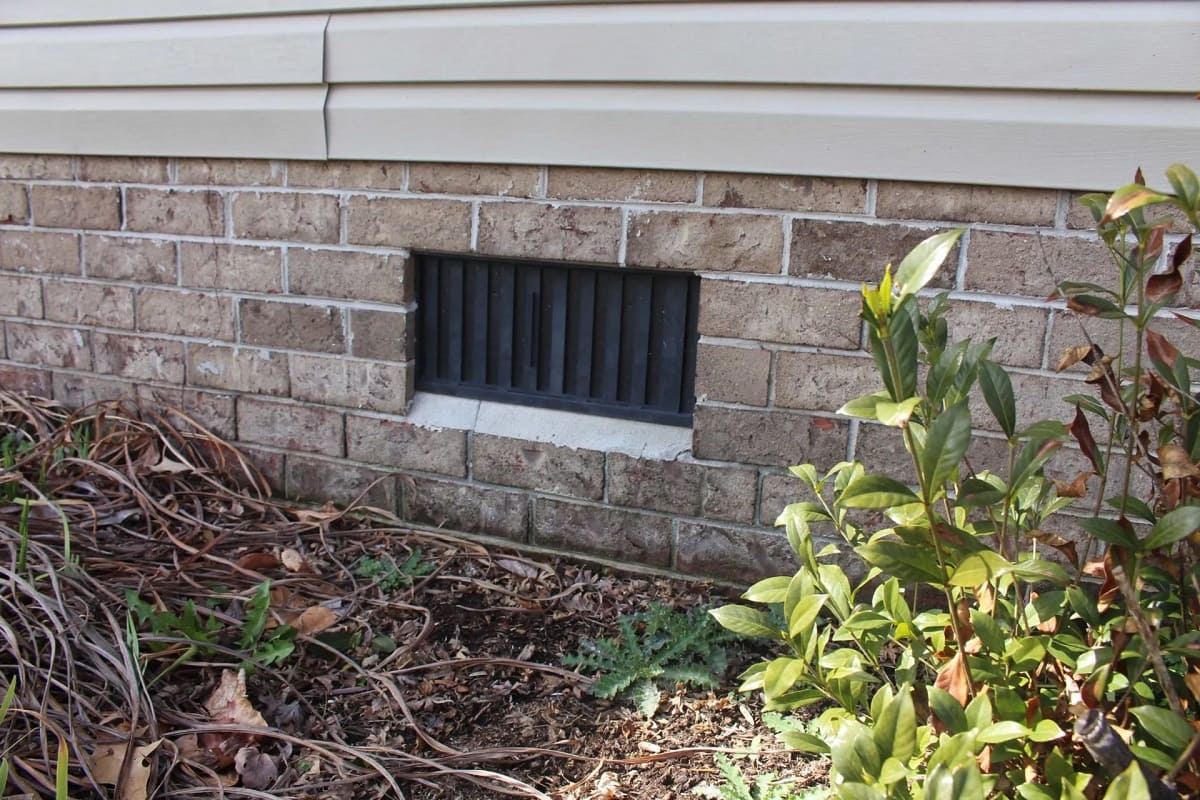
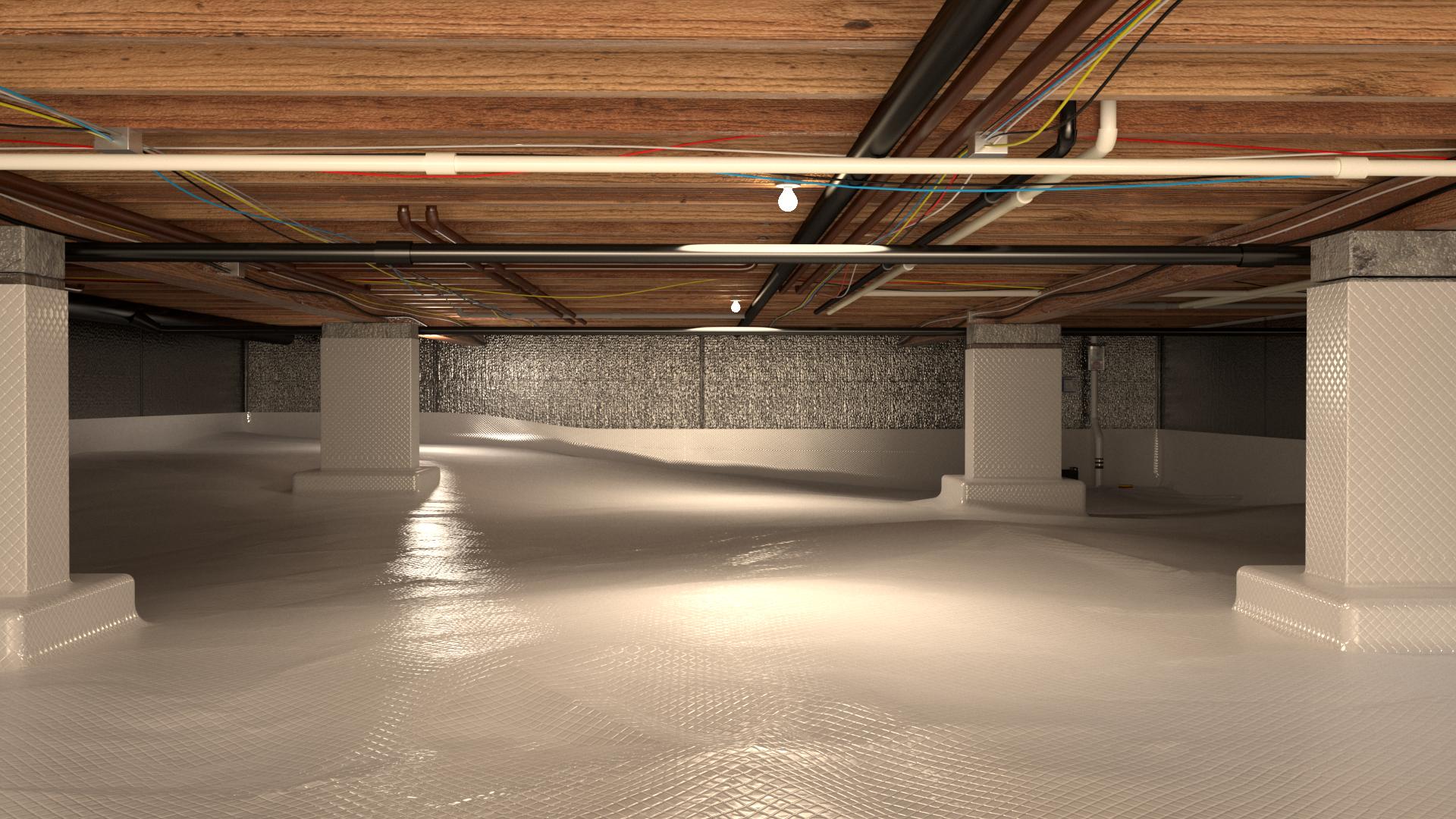
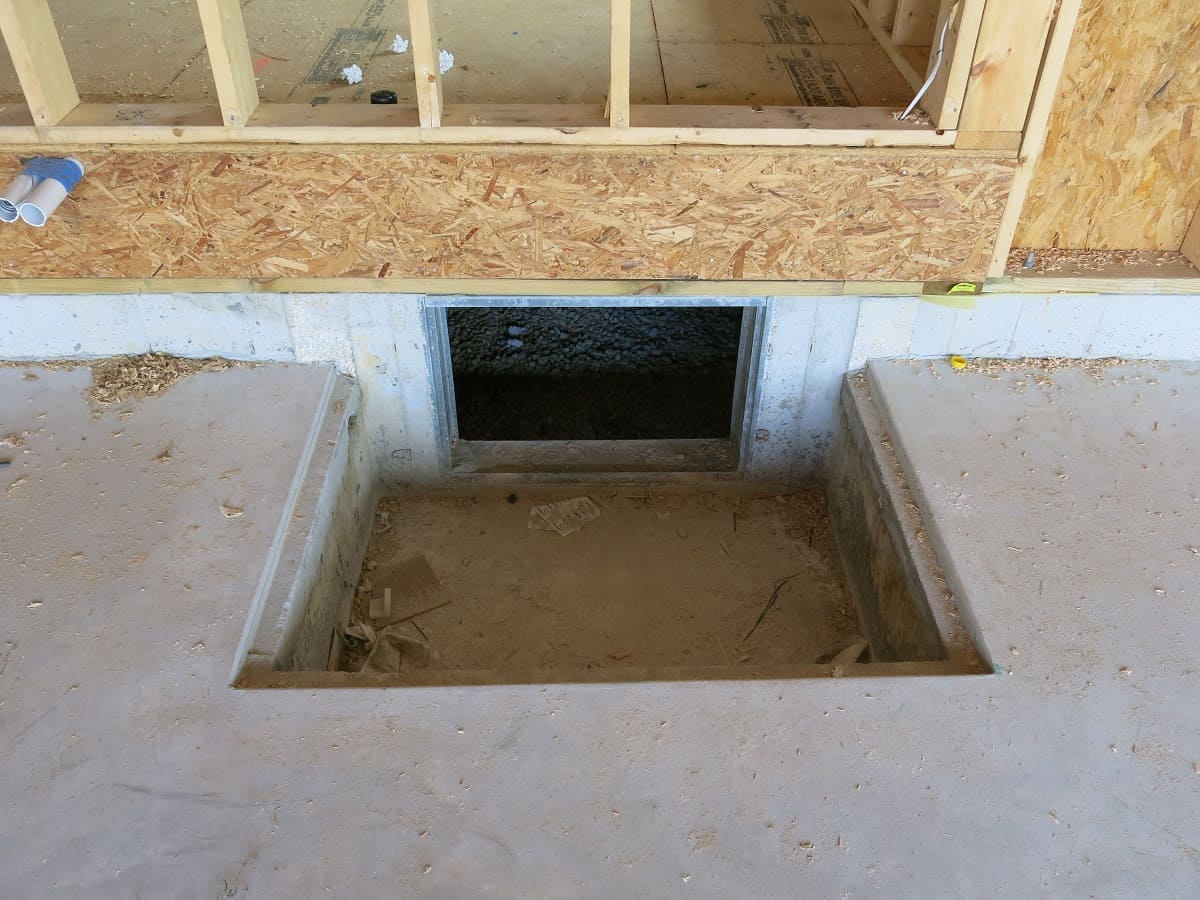
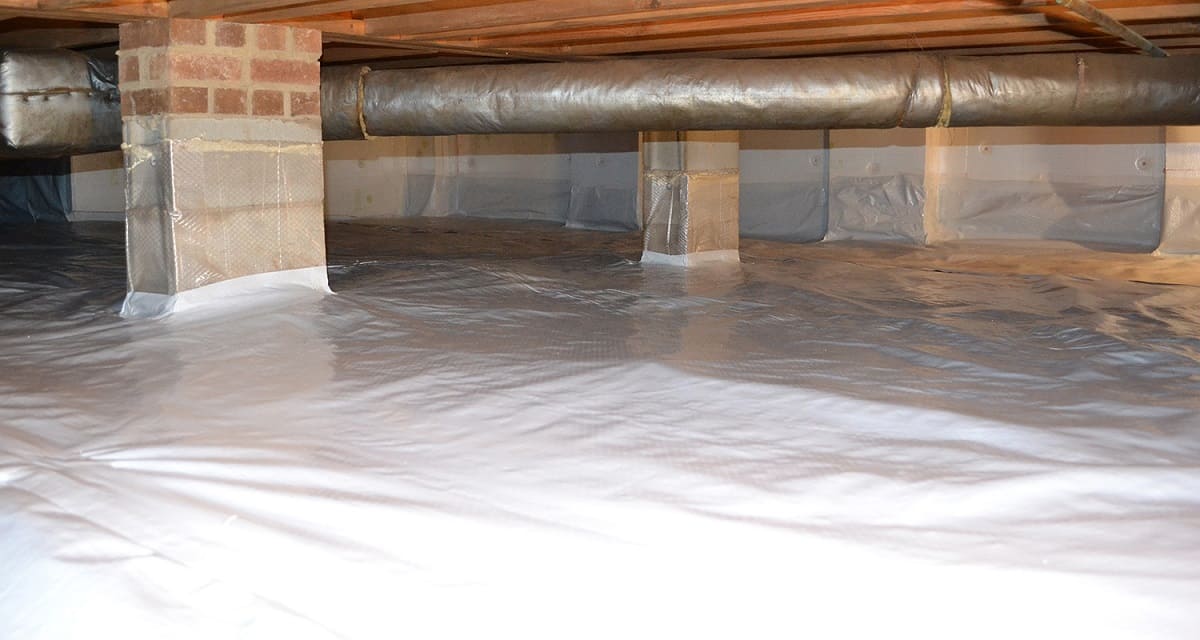
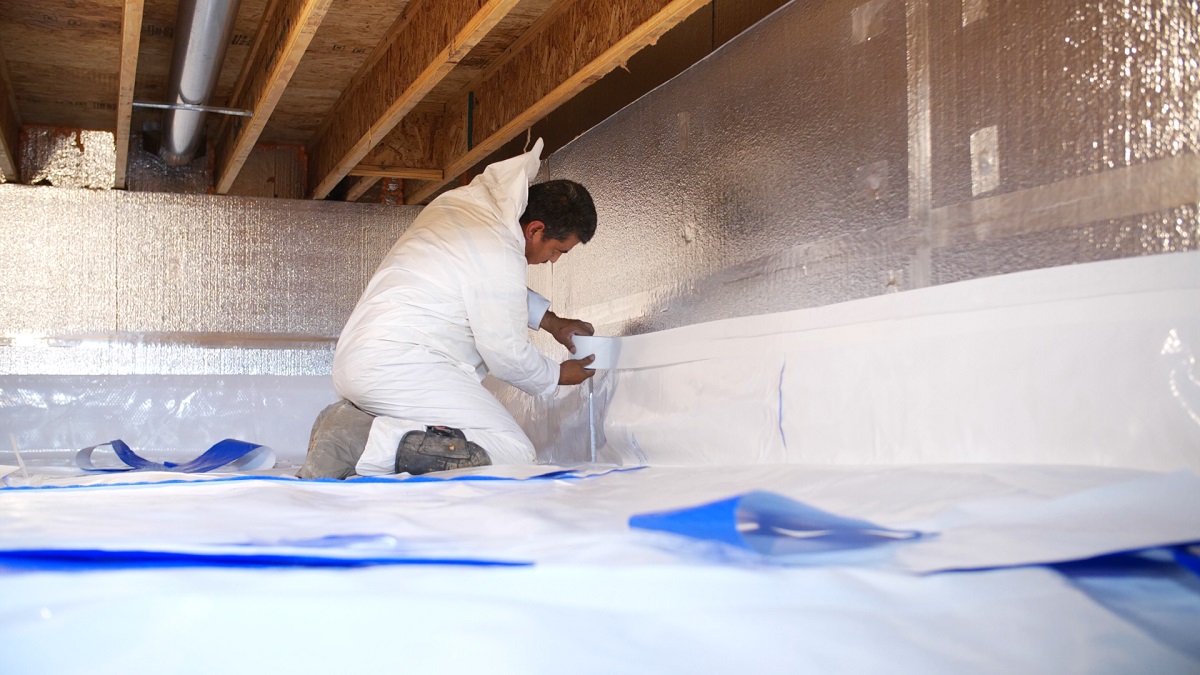
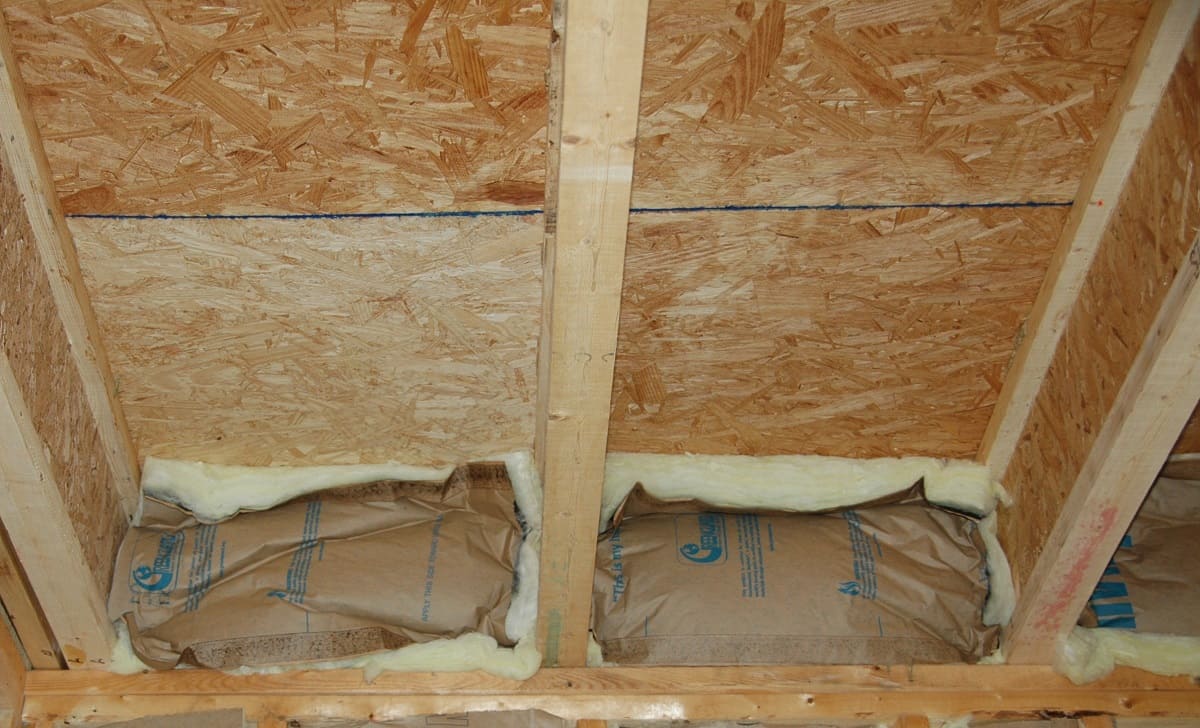
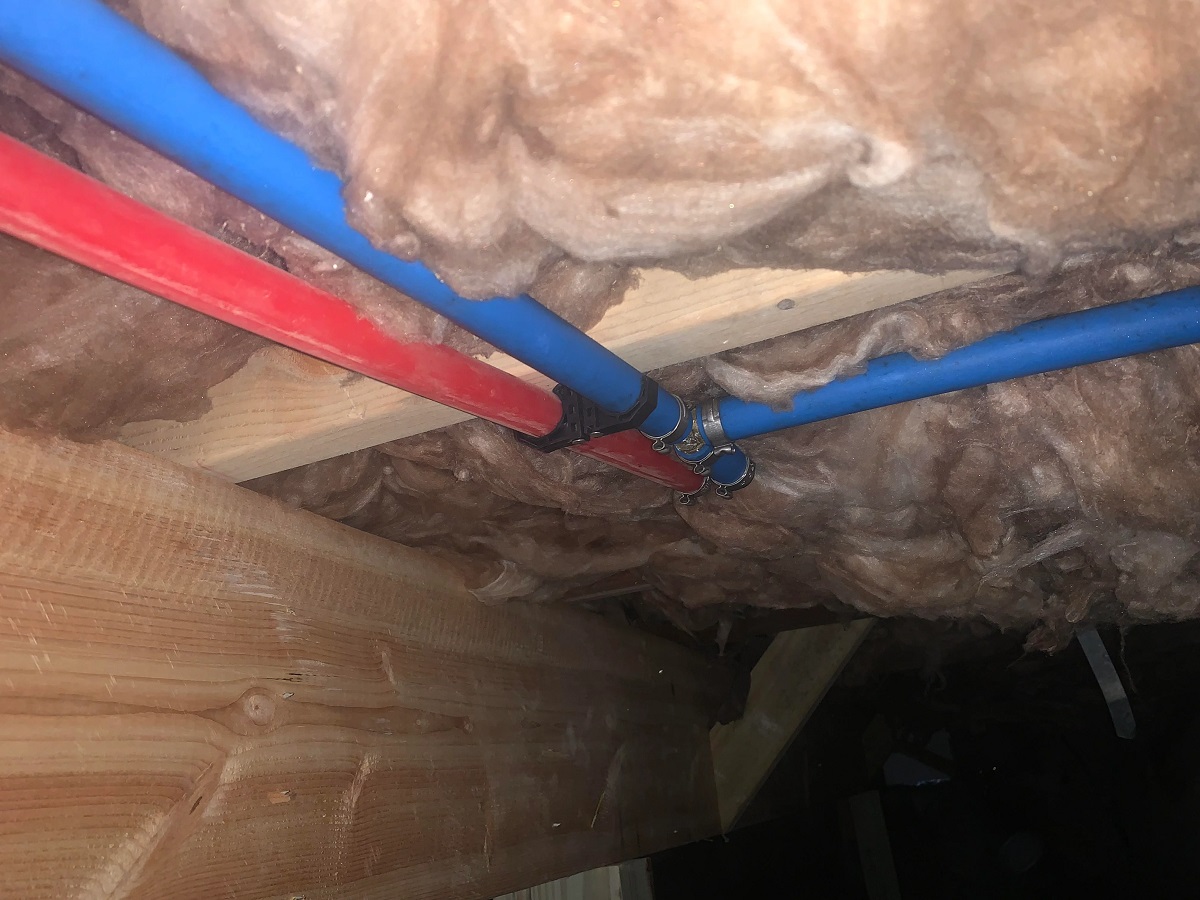
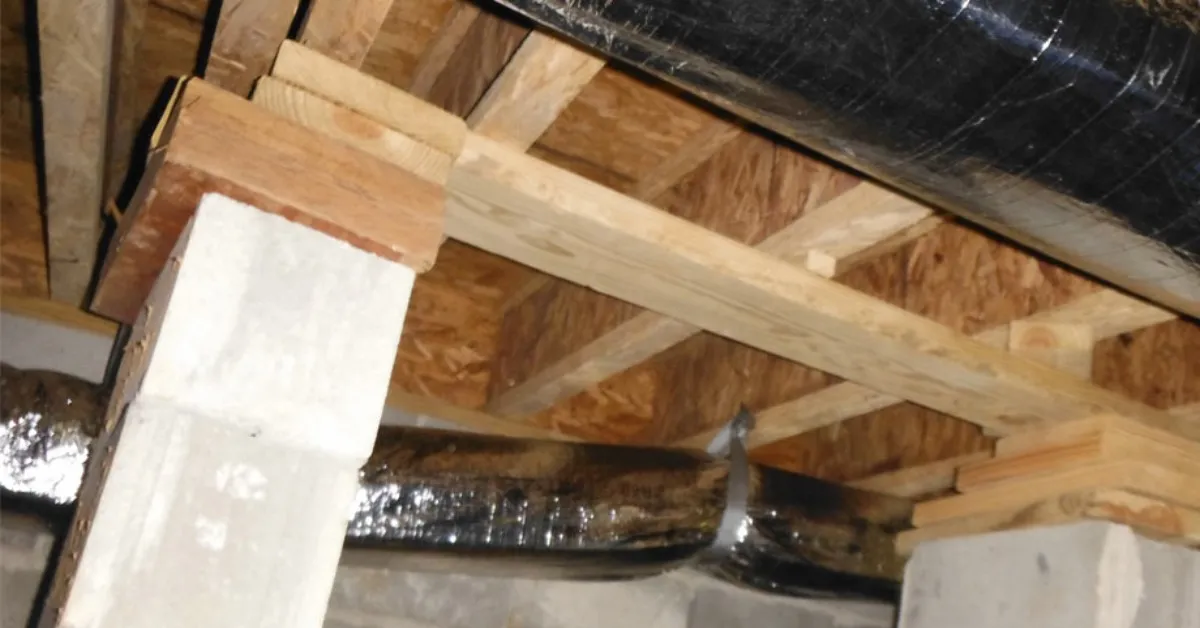
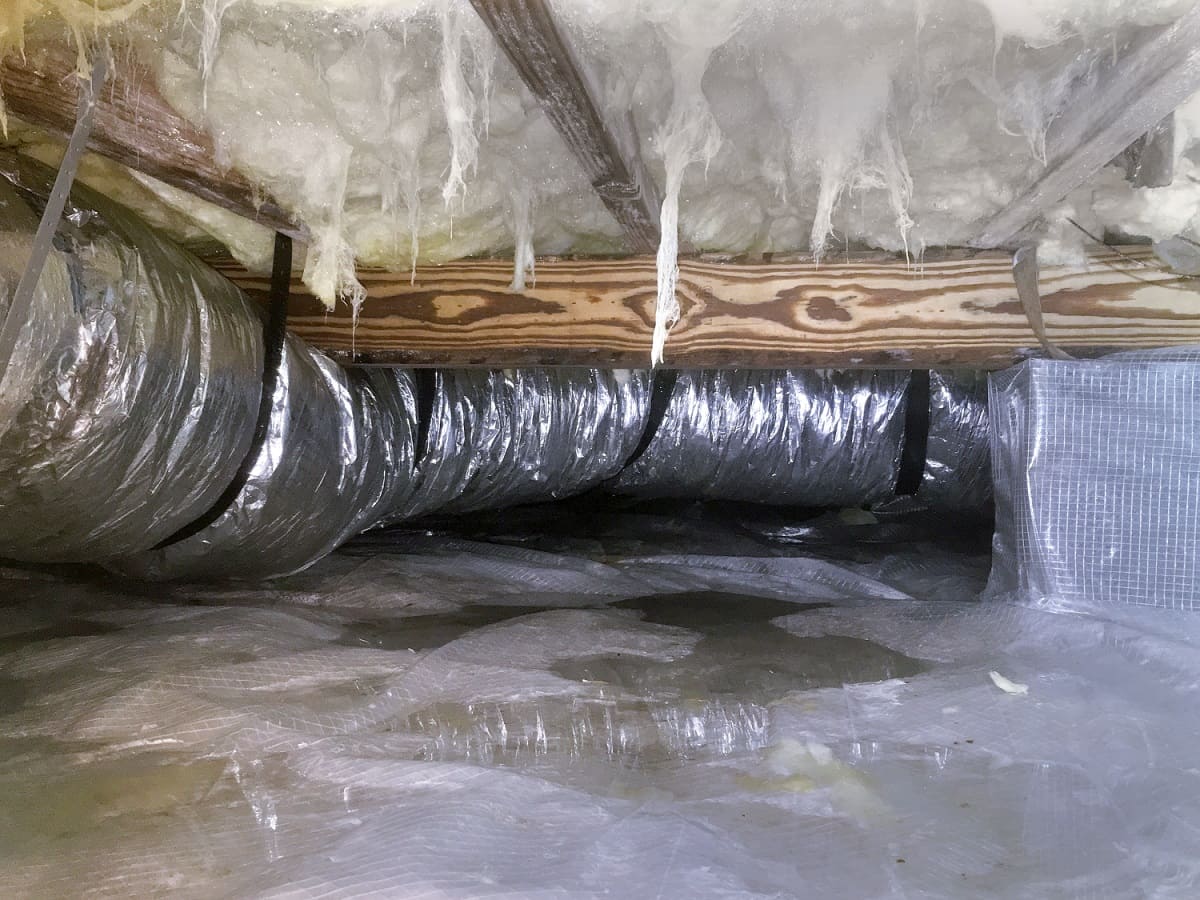
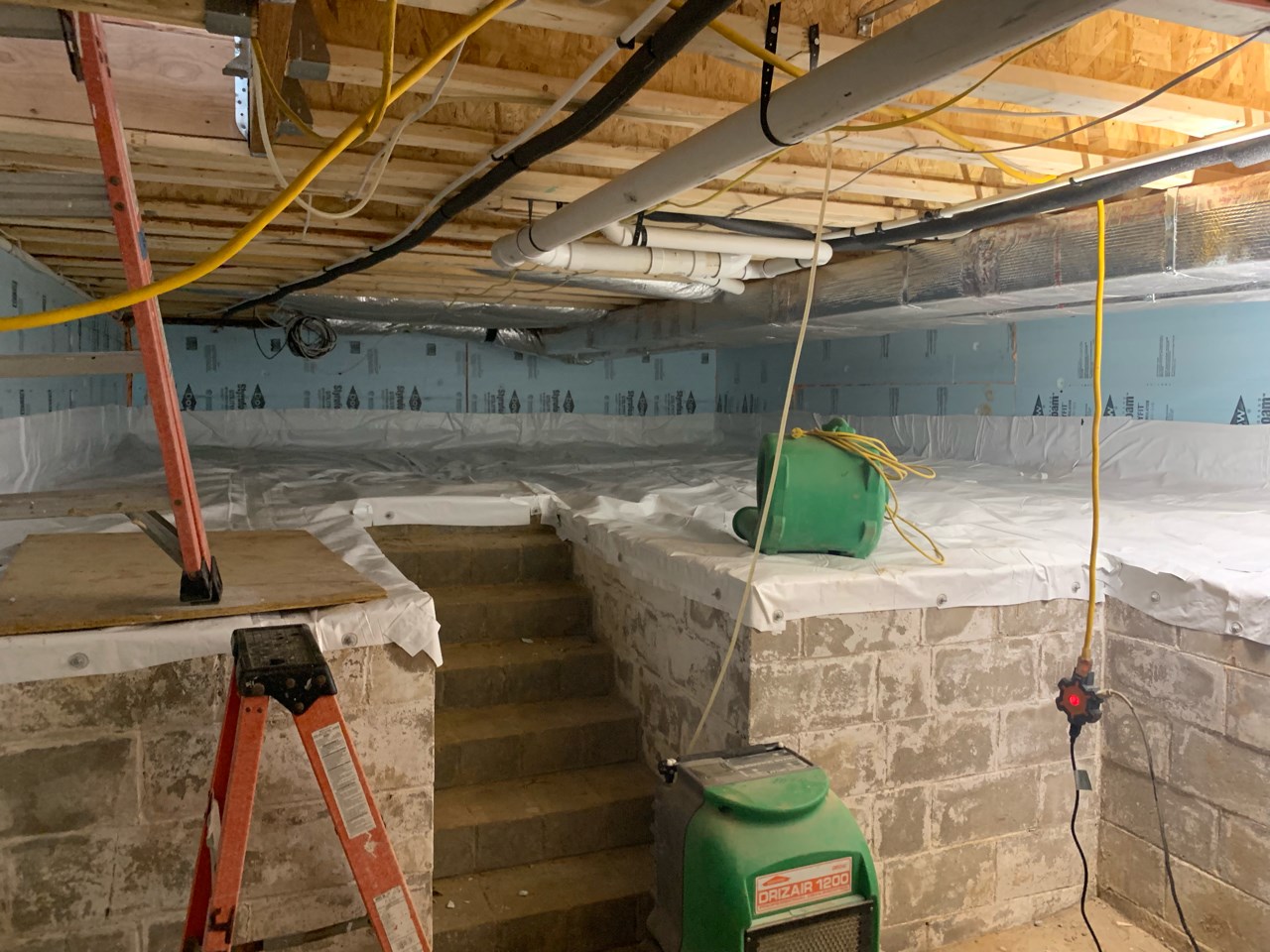
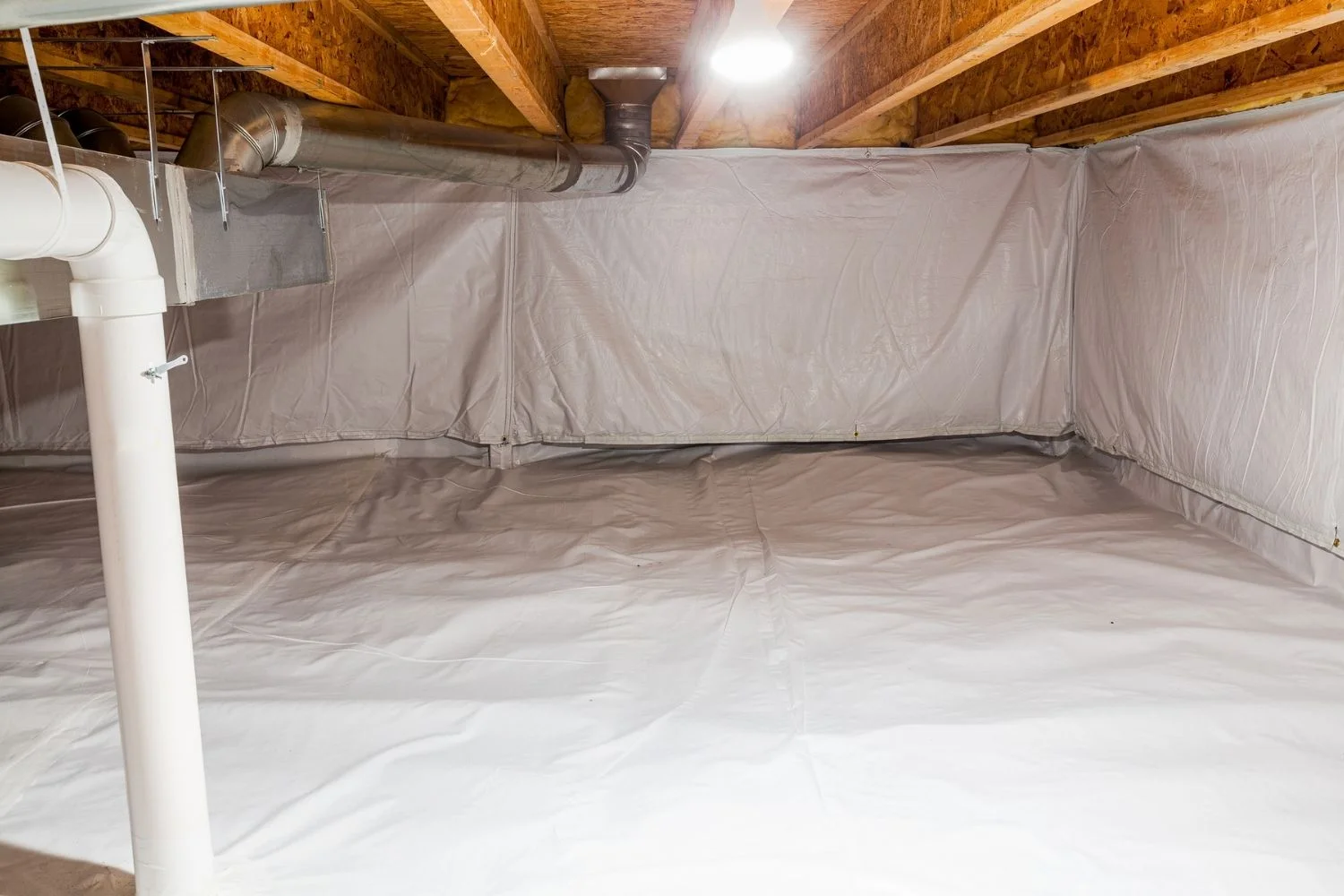

0 thoughts on “How To Inspect A Crawl Space”